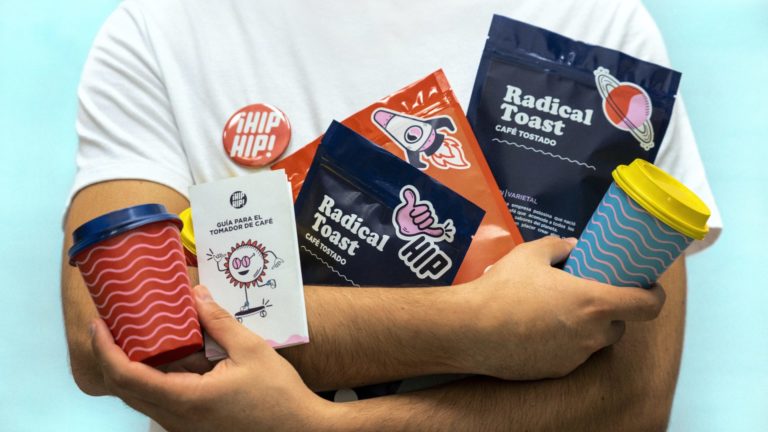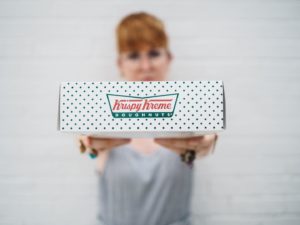Product design is a user-centered process by which interactions between people and products are designed, developed, and tested. And while product designers often come from various backgrounds, successful grads typically have a strong grasp of business strategy and human behavior.
Moreover, as more companies go digital and build engaging online experiences for customers, product design is becoming an important part of the industry.
Why Product Design is important?
It is important to know what a product is to understand product design. A product can be defined as any item manufactured or processed for direct consumption in its most basic sense.
The concept of a “product” covers everything from pharmaceuticals and airplanes to software and shoes. It is also used with other concepts such as goods, commodities, and services.
However, two main factors differentiate a product from other items: utility and salability. These concepts help us understand how important consumers will consider an item at large.
Utility refers to how well an item performs its intended function. For example, a mobile phone is advertised as having a long battery life and a high-quality camera. This would help increase its utility and, in turn, the product’s appeal to consumers.

On the other hand, salability concerns an item’s class or category. For example, when you think of buying a car, there are so many choices out there based on price, performance, and comfort, among other things.
The same can be said about buying furniture where you could opt for items such as sofas and dining tables depending on your taste and budget. Therefore, salability helps consumers decide which products they will purchase even before using them.
How much does Product Design cost?

The cost of a design is determined by the amount of time needed to complete all necessary tasks. In general, the more complex your product and its features are, the higher the price will be.
Creating a successful product starts with an inquiry about how much the product design costs. Since every project is unique, it’s hard to determine a fixed price without knowing what exactly you need.
The cost of product design depends on several factors:
- The features of your product.
- The more complex they are, the higher the price.
Some agencies have three different levels of quality to choose from:
- Low – For those who want a decent design at an affordable price.
- High – For those who care about details and need something special.
- Premium – for those who want everything done right with no compromises
What is the process of Product Design?
The process of product design starts with an idea, and the goal is to take that idea and transform it into a new, innovative product. The design process for consumer-facing products is generally more intensive than the one used by industrial engineers or mechanical engineers.

This is because there are so many competing factors such as affordability, usability, and quality to consider during the development of such a product. Thus, consumer-facing product designers need to be versatile professionals who can collaborate with other members of their team as well as maintain high levels of creativity throughout the entire process.
At first, ideas may come from market research or be driven by customer demand. If they come from market research, this includes conducting surveys, polls, and interviews. If they come from customer demand, then the designers will go out into the field and observe how people use their current products, what problems they have with those products, and so forth.
In either case, once a product idea emerges, it is time to sketch out some concept designs for the new product. This initial brainstorming stage is critical because these early drawings are used to pitch the idea to management and other team members.

Sketches also allow designers to explore different ideas that emerge during research or in response to customer feedback – this helps ensure that no viable ideas get lost along the way.
A good product designer needs a wide range of skills since they will be asked to do many different things. Some examples include presenting their designs, sketching out new ideas, making presentations using PowerPoint or other software, writing instructions for the production process, and so forth.
Once this initial brainstorming stage is complete, it is time to move on to more detailed plans. At this point, the designer will be creating 3D renderings of the product they are designing and specifications for what materials need to go into each component.
This stage also requires some thinking about the tooling needed during manufacturing. At this point, there won’t be any actual prototypes yet; these are created later in the design process when everything has been finalized down to the smallest detail.
How do you hire a Product Designer?
There are many different kinds of Product Designers out there, and not all of them play well with product teams. Therefore, the kind of designer you hire will have an enormous impact on how successful the team is going forward.
For a long time, Product Designers would be lumped into the same role by companies, thinking that they all did more or less the same thing.
However, it has become clear that there is a real difference between designers who come from traditional graphic design backgrounds and so-called “UX” designers in recent years. The former is better at coming up with concepts and experiences, while the latter focuses on rating products.
So when you’re hiring a Product Designer, it’s important to understand what skills they bring with them. For example, a candidate experienced in UX research will have a different approach than somebody who built interfaces before. Of course, a design lead would be expected to determine which one of those approaches should take priority, but that can only happen if the team’s approach is well-thought-out and validated.
This is why it’s important to understand a designer’s experience and how they work. You also want to make sure that you’re hiring somebody who understands the needs of your product, which might not be their usual area. There are many examples of designers putting together beautiful experiences for products where usability was an afterthought; nobody wants to repeat those mistakes.
How does Product Design fit into Product Development?
As it appears in design textbooks, Product Design essentially involves the “design” element of product development. But more often than not, this is just one aspect of the whole process.
There are three distinct phases to product development:
- Product Design
- Engineering
- Manufacturing
Product Design is essentially the design element of product development; it involves creating concepts for new products, doing market research to define customer needs, and designing possible solutions. This generally happens before the engineering stage begins. The engineering phase typically starts once you have a concept for your product.
Then, engineers use computer-aided design software (CAD) to create 3D models of components that will eventually go into production, working closely with manufacturing experts throughout the process.
Manufacturing refers to making the products you’ve designed, which commonly involves advanced computer-aided manufacturing (CAM) software. Manufacturing is closely related to project management, which involves managing and tracking key milestones and metrics throughout the entire process.
What tools are used for Product Design?
Visual design is key to attracting potential customers. Even if your product solves a huge problem, it will not sell if no one wants to buy it.
This is where visual design comes in. Product designers must combine their wireframes, prototypes, and concepts to create visually appealing products. Visual design is done with the help of several tools:
1) Adobe Photoshop
Probably the most widely used software for creating mockups. This software provides several features to create impressive visuals for web or app projects. Uploading an image into photoshop first makes it easy to make changes without affecting the original image source. The downside of using this tool is relatively more expensive than other options available.
2) Balsamiq
This software is developed keeping the needs of web and app developers in mind. It allows you to create wireframes as well as high-fidelity mockups. The wireframes can also be exported as HTML, so if you’re looking for a quick solution similar to those created with Axure, this could work pretty well.
3) Adobe Illustrator
This tool is mainly used by web and mobile designers to create visuals and logos, but product designers also use it. It has extensive features that allow you to design screens/mockups for your apps or websites quickly. Another plus point is that it enables collaboration between team members using Creative Cloud.
4) InVision
This is a great tool for creating mockups. It can change an image of a wireframe into a clickable prototype without any coding. The reason it’s on this list is because of its intuitive interface and tools, which enable you to create high-quality prototypes in a fraction of time compared to similar software.
5) Illustrator/InDesign
If artistic skills are not your strong point, then why not try some creative photo editing using Adobe Illustrator or InDesign? Well, who said that just because you aren’t good at drawing doesn’t mean you can’t design something impressive.
Who provides the best Product Design?
Your product is the face of your business. So if you are running a business, it’s important to invest in design to stand apart from the rest.
Design is also critical in today’s social media-driven world, where people have easy access to information about any company or service they are interested in.Consumers rely more on reviews and recommendations provided by other users than reading marketing messages themselves.
This makes it even more important for businesses to design their products to encourage potential customers to give them a try. This starts with the design of your product and its packaging.
Design is important for business owners not just to increase sales but also to reduce costs. For example, a good design can help you minimize customer service costs by making products easier to use and more reliable.
Similarly, if your product is easy on the eye, consumers will be happy to have it around their house or even display it in public areas such as a shop without fear of looking unsightly.
Finally, a great design makes a great first impression, providing a lasting positive impression of your brand.
Your Next Steps
Related Conscious Design BLOG Posts
What’s a Feasibility Study?
A feasibility study is a very important step in making sure a product will be successful. I break down what they are and why they matter.
What it Takes to Develop a Smart Product
As the Internet of Things has grown over the years, smart products have become a pretty hot item. Many people have product ideas for turning
5 Tips for Market Research & Analysis
Wondering about Market Research & Analysis? This will give you a few tips on what it is and how to start your own research.


